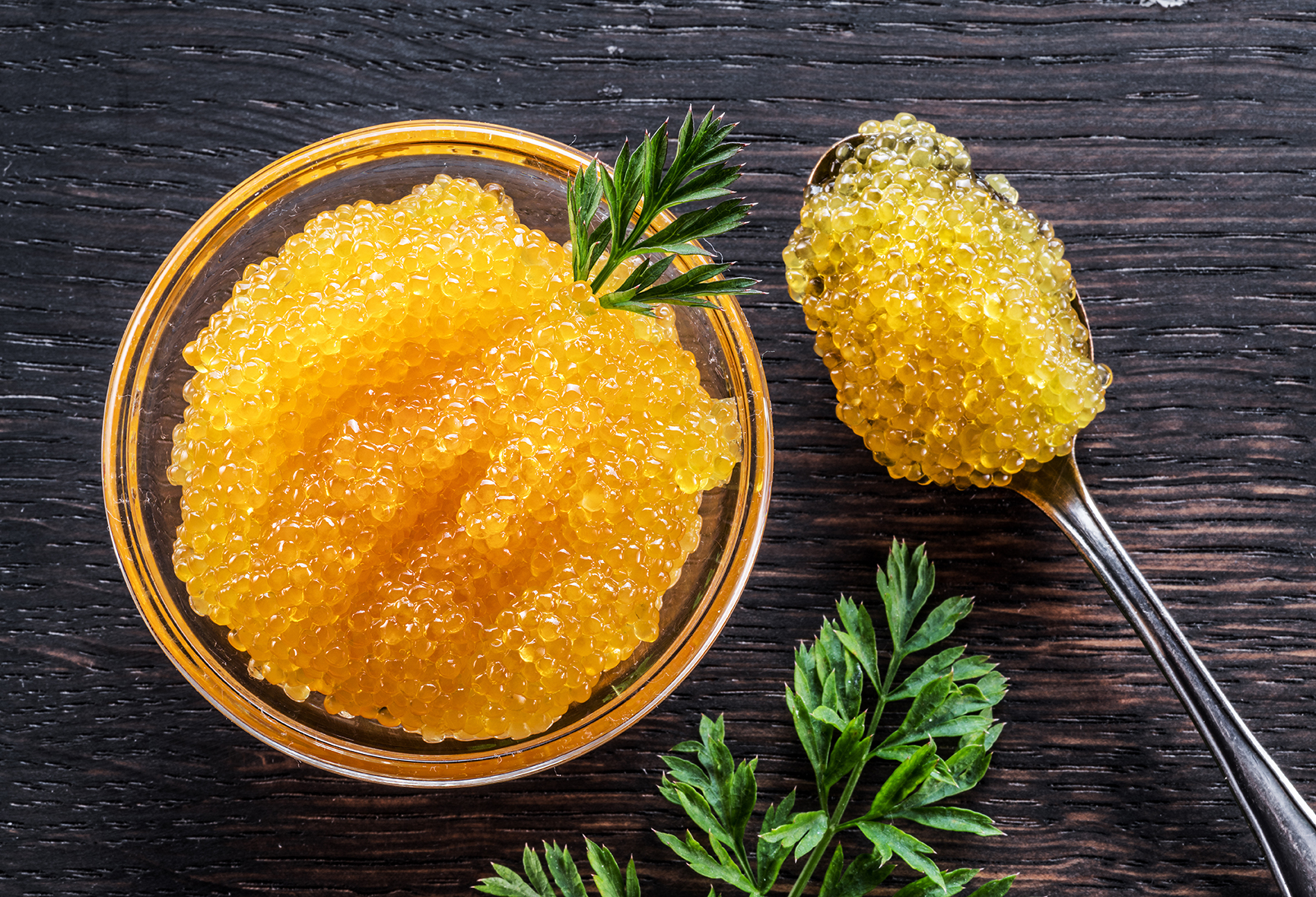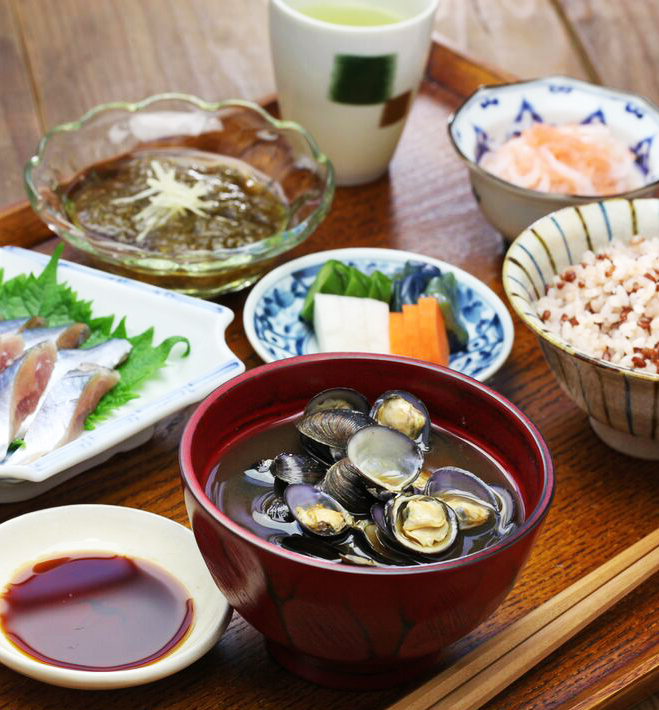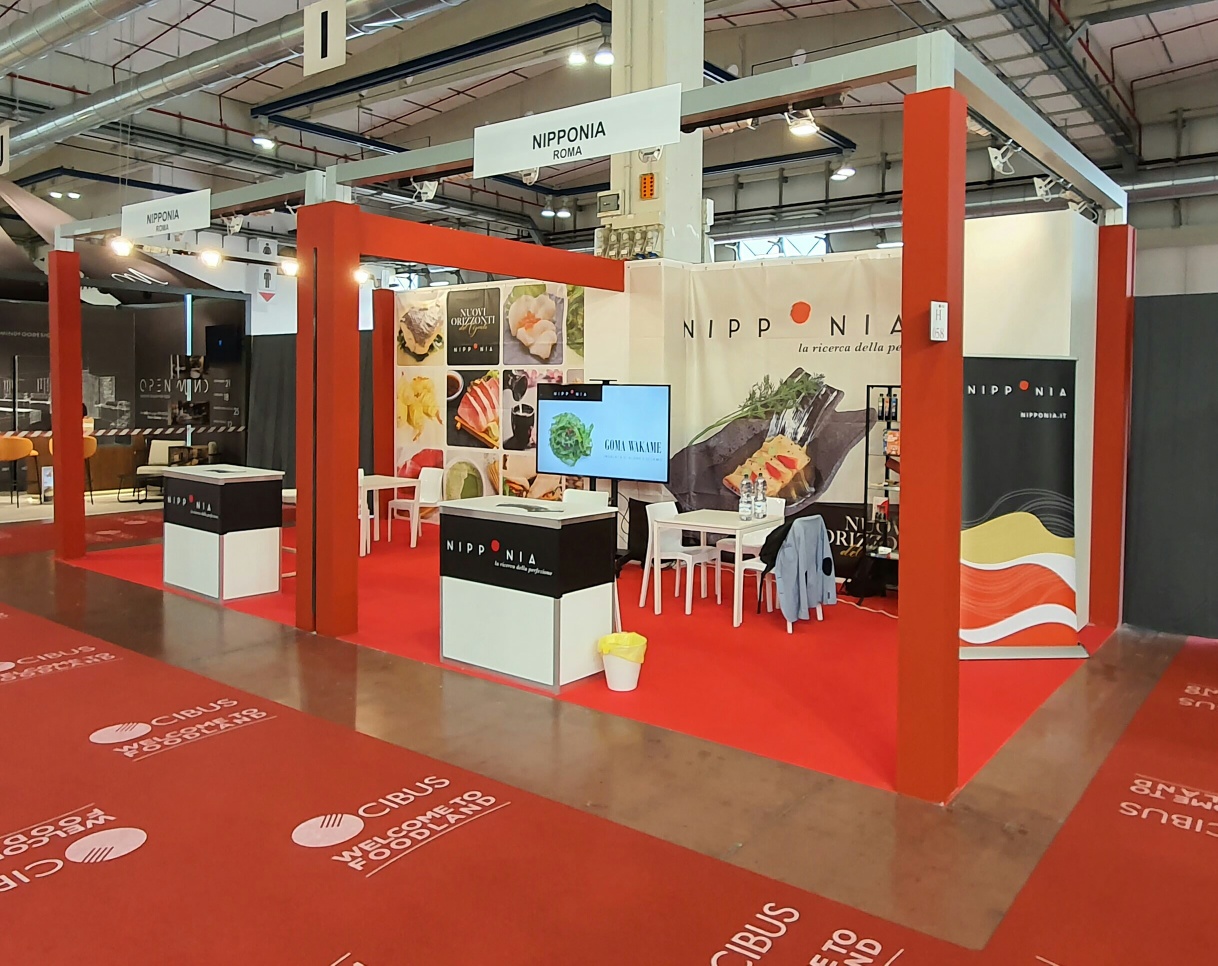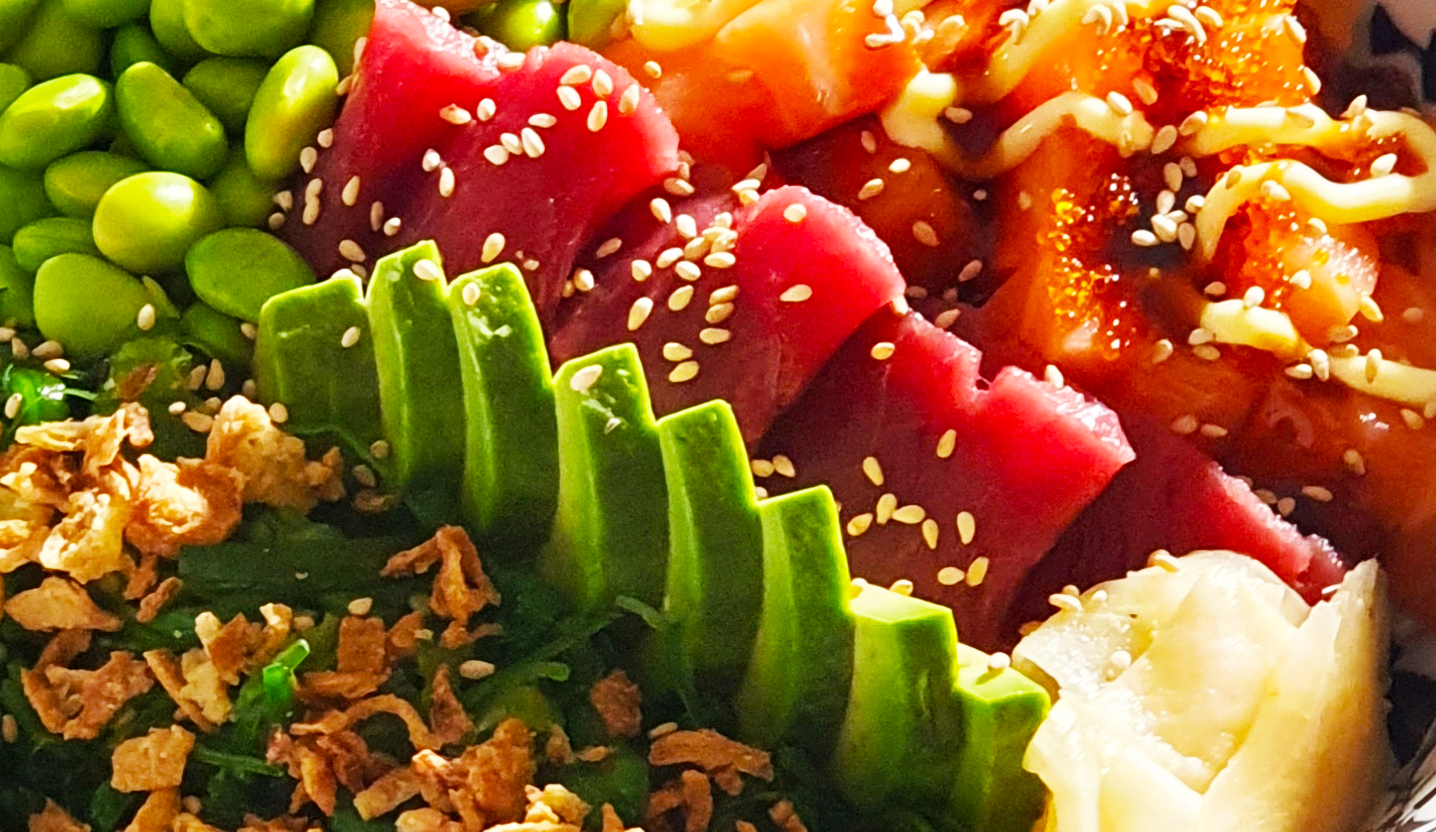Getting to know Japanese noodles
It used to be that if you wanted to cook a recipe for soba, udon, or any other type of noodles at home, you had to choose a specialty store, very often many miles away from home. Fortunately, this is no longer the case, and these noodles have become very popular, so you can find them in supermarkets, local Asian convenience stores, or you can get them in the comfort of your own home. www.sushi-sushi.it is the best!
Here is a quick guide to the
different types of noodles
.Soba noodles
They are dark-colored Japanese noodles because they contain a portion of buckwheat flour. They have a rather pronounced nutty aroma. Much of the soba on the Japanese market is made with a higher or lower percentage of wheat flour in addition to buckwheat, which means they are not gluten-free.
Soba in our country does not yet have the fame it has gained in Japan, where it is unique to many specialty restaurants that serve it either in hot soups (kake soba) or as zaru soba, cold with nori seaweed strips on top, on a
bamboo mat
, to be dipped with chopsticks into the
tsuyu
, the special soy sauce broth,
mirin
, seaweed
konbu
or flakes of
dried tuna
. In the tsuyu you dissolve your favorite dose of
wasabi
and chives and soak the soba in it before eating it.
Another version is tensoba, which accompanies soba, hot or cold, with a plate of vegetable tempura and
shrimp
. The menus of soba restaurants feature rich menus and, summer, even the
chasoba
, green noodles that also have green tea powder in the dough.
The more traditional restaurants guard their peculiar homemade soba recipe as a secret, what gets them a loyal clientele.
Soba, or buckwheat, has a reputation in Japan not only for being good but also for having beneficial effects on the digestive system and blood pressure due to its fiber content, vitamin B1 and B2, protein, and rutin, which is also used in some medicines.
It lends itself to the ritual that ends the soba meal in Japan. The host brings the soba boiling water, in which the nutrients lost during cooking are present, to the table and pours it, still hot, into the now half-empty bowl of tsuyu for drinking.
Sobayu, literally buckwheat water, besides tasting good, is considered a kind of natural digestive aid.
Udon noodles
They are wheat flour noodles, larger than soba and have a characteristic chewy texture, generally best when found fresh. L’
dry udon
is good, but the texture is different. For the Japanese, the chewy texture is an added value. Udon has a neutral flavor, so it is a good choice for strong-flavored dishes, hot or cold are served in a wide range of recipes.
Zaru udon – are served cold exactly like soba, kake udon are noodles in broth, seasoned only with fresh spring onion.
Tanuki udon – are noodle soup topped with leftover tempura drops from frying or ready flavored (
tenkasu
).
Udon Kitsune – served in a boiling broth with dried fruit, thin sheets of fried tofu, placed on top of udon noodles.
Tsukimi Udon (Moon View) – like its soba counterpart, a raw egg is opened over noodles, which is meant to resemble the moon in the sky.
Udon Tempura – is usually served in a hot broth with the tempura pieces placed on top of the noodles. Sometimes, the tempura is placed on a separate plate next to the bowl or tray of noodles.
Ramen noodles
The key aspect of ramen is the noodles, which are made of wheat and come in many types. Typical Ramen noodles are long and stretchy, but there are countless varieties ranging from thin and straight to thick and wavy. Some ramen-ya allow you to customize your noodle order to a certain size, such as allowing you to select a thickness (thin, regular, or thick) or a cooking (regular or firm).
Ramen is a noodle soup dish that was originally imported from China and has become one of the most popular dishes in Japan in recent decades. Ramen noodles are inexpensive and widely available, two factors that also make them an ideal option for budget travelers. Ramen restaurants, or ramen-ya, are found in virtually every corner of the country and produce countless regional variations of this noodle dish.
Ramen noodles are generally classified according to their soup base, although variations combining different bases are not uncommon. The main types of soup are:
Ramen Shoyu (soy sauce)
Shoyu Ramen Soup is a clear, brown broth flavored with soy sauce (shoyu). The soup is usually made of chicken broth, but often contains other meats such as pork, beef or fish depending on the region. Shoyu ramen is the most common type of ramen and is usually what is served when the menu does not specify a specific type of soup.
Ramen Miso (soybean paste)
Ramen soup
Miso
is flavored with soybean paste (miso), resulting in a thick, brown soup with a rich, complex flavor. The style originated in Hokkaido, where long cold winters spurred the need for a fuller-bodied type of ramen soup, but it has spread to the point where it can be found virtually anywhere in Japan.
Tonkotsu (pork bone)
Particularly popular around Kyushu, tonkotsu ramen is made from pork bones that have been boiled until they have dissolved in a cloudy white broth. The thick, creamy soup is often flavored with chicken broth and pork fat.
Somen noodles
It is made from three simple ingredients: flour, salt and water. Flour is mixed with salt water to create a dough. The well-worked dough is flattened and stretched using a rolling pin, cut into 2-centimeter strips and twisted into a rope shape, and then placed in a tray.
The dough strings are pulled, brushed with vegetable oil, then allowed to rest again. placed on a stretching tool and pulled. The thinner noodles are then wrapped around two bars in a figure-of-eight shape. These are stretched and allowed to rest, pulled again and allowed to rest This process of resting and stretching makes them firm and chewy. The drying process is followed in the sun. The noodles are hung on a drying machine that resemble washing poles more than 6 meters high. The stick-like bars separate the noodles to prevent them from sticking together as they dry.
The fully dried noodles are then cut with a knife and divided into small bundles wrapped in a paper ring.
At this point who wouldn’t want a bowl of somen made this way on a hot summer day?
Then boil a generous amount of somen noodles and lay them on a glass plate, then add a few ice cubes. Prepare your favorite sauce and seasonings such as chopped ginger and green onion, and your meal is ready. Cold somen whet the appetite even in the heat of summer.
Cooking takes one and a half to two minutes at most.
There are three ways to consume somen noodles: with mentsuyu, which is used as a dipping sauce for cold noodles and tempura, kake-tsuyu which is for hot noodles, and the third way to flavor traditional Japanese recipes such as oden, sukiyaki or nimono (boiled dish).
The dipping sauce for cold noodles such as somen, udon, soba, and ramen, will need to be diluted with less water since less water will be added each time you dip the still wet self-dropping noodles into the bowl. With hot spicy noodles, you can add more water so that the soup is not too salty.
Hot somen
Some noodle sauces come in a bottle ready to use. Liquid types of broth are generally concentrated; it is necessary to dilute it with water. You can also make immersion broth from dashi cube powder. You will need to mix soy sauce and a little water.
Fun fact: In Miyazaki and Kagoshima prefectures, it is customary to eat nagashi somen. This original way of consuming somen was born after World War II. The noodles are dropped into cold running water flowing inside a bamboo cane. The noodles are caught on the fly with chopsticks and dipped in a sauce. Nagashi somen is a way of sharing this food with family or friends on a hot summer day.




